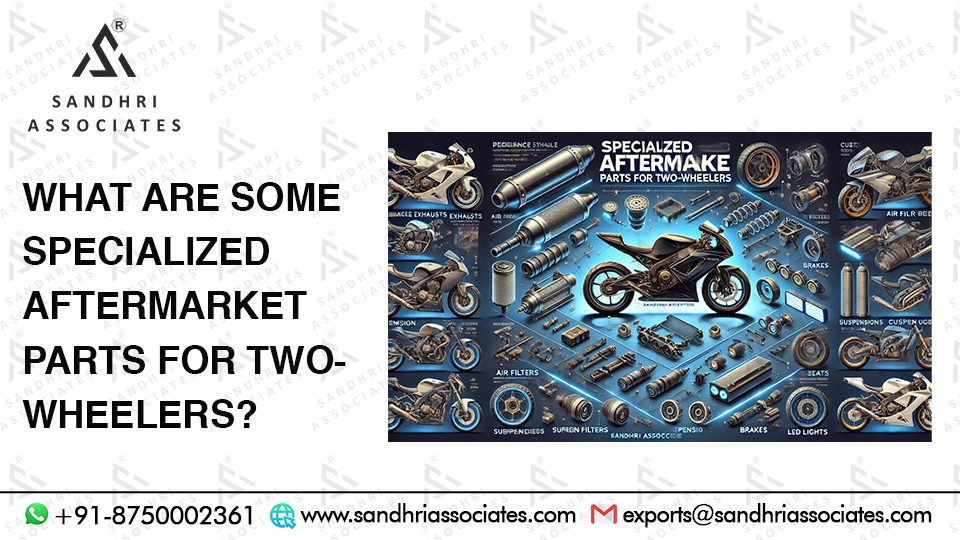Introduction
Overview of aftermarket parts in automotive and industrial sectors. Importance of compatibility for safety, performance, and cost efficiency. Relevance to readers and a subtle introduction to Sandhri Associates’ role.
The Importance of Aftermarket Parts Compatibility
- Defining aftermarket parts and their widespread use.
- Key statistics: growth of the aftermarket industry and common compatibility issues.
- Risks of using incompatible parts (e.g., mechanical failures, warranty voidance).
Challenges in Ensuring Compatibility
- Lack of standardized specifications across manufacturers.
- Misleading labeling or inadequate documentation.
- Variation in quality among aftermarket suppliers.
- Increasing complexity in modern vehicles and machinery.
Steps to Ensure Aftermarket Parts Compatibility
Step 1: Identify Your Needs
Evaluate the specific function of the part. Understand your equipment’s specifications (e.g., make, model, year).
Step 2: Verify Part Specifications
Check OEM (Original Equipment Manufacturer) part numbers. Cross-reference details like dimensions, materials, and certifications.
Step 3: Research and Choose Trusted Suppliers
Look for reviews, certifications, and industry reputation. Benefits of working with trusted suppliers like Sandhri Associates.
Step 4: Consult Technical Documentation
Importance of manuals, blueprints, and supplier-provided guides. Using technical data sheets effectively.
Step 5: Leverage Expert Advice
Engage with professionals for consultation. Role of Sandhri Associates in providing expert guidance and support.
Key Trends Impacting Compatibility
- Advances in material science and their role in compatibility.
- Integration of digital tools for compatibility verification.
- Growing adoption of sustainability standards in aftermarket parts.
Actionable Tips for Buyers
- Create a checklist for part selection.
- Use online tools for cross-referencing and compatibility checks.
- Importance of record-keeping for future replacements.
Common Mistakes to Avoid
- Ignoring OEM recommendations.
- Relying solely on price without considering quality.
- Overlooking the importance of warranty and post-sale support.
How Sandhri Associates Addresses Compatibility Challenges
Overview of Sandhri Associates’ commitment to quality and compatibility. Use of advanced tools and expert consultation services. Success stories and testimonials from satisfied clients.
The Broader Impact of Choosing Compatible Aftermarket Parts
Enhancing equipment longevity and operational efficiency. Cost savings through reduced repair and downtime. Contribution to safety and environmental sustainability.
Conclusion
Recap of the importance of ensuring compatibility. Encouragement to leverage expertise and tools from trusted partners like Sandhri Associates. Call to action for readers to explore Sandhri Associates’ resources or consult for tailored advice.
FAQs
- What are aftermarket parts, and how do they differ from OEM parts?
- Can I trust online tools for compatibility checks?
- What should I prioritize: price or quality?
- How does consulting a supplier like Sandhri Associates help?
- What should I do if I’ve purchased an incompatible part?

